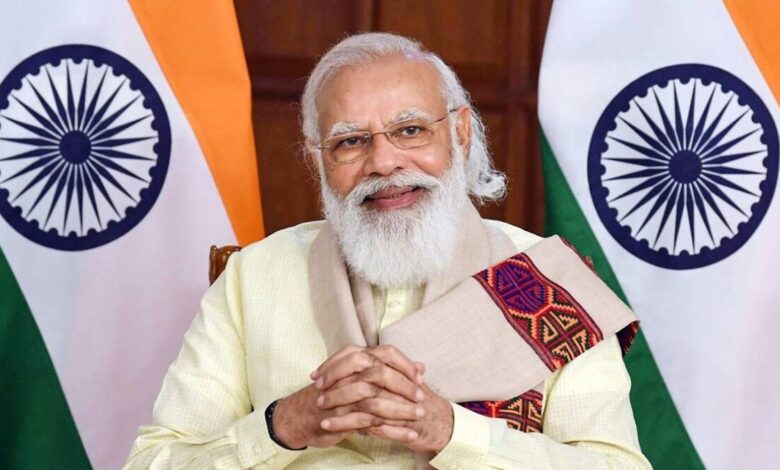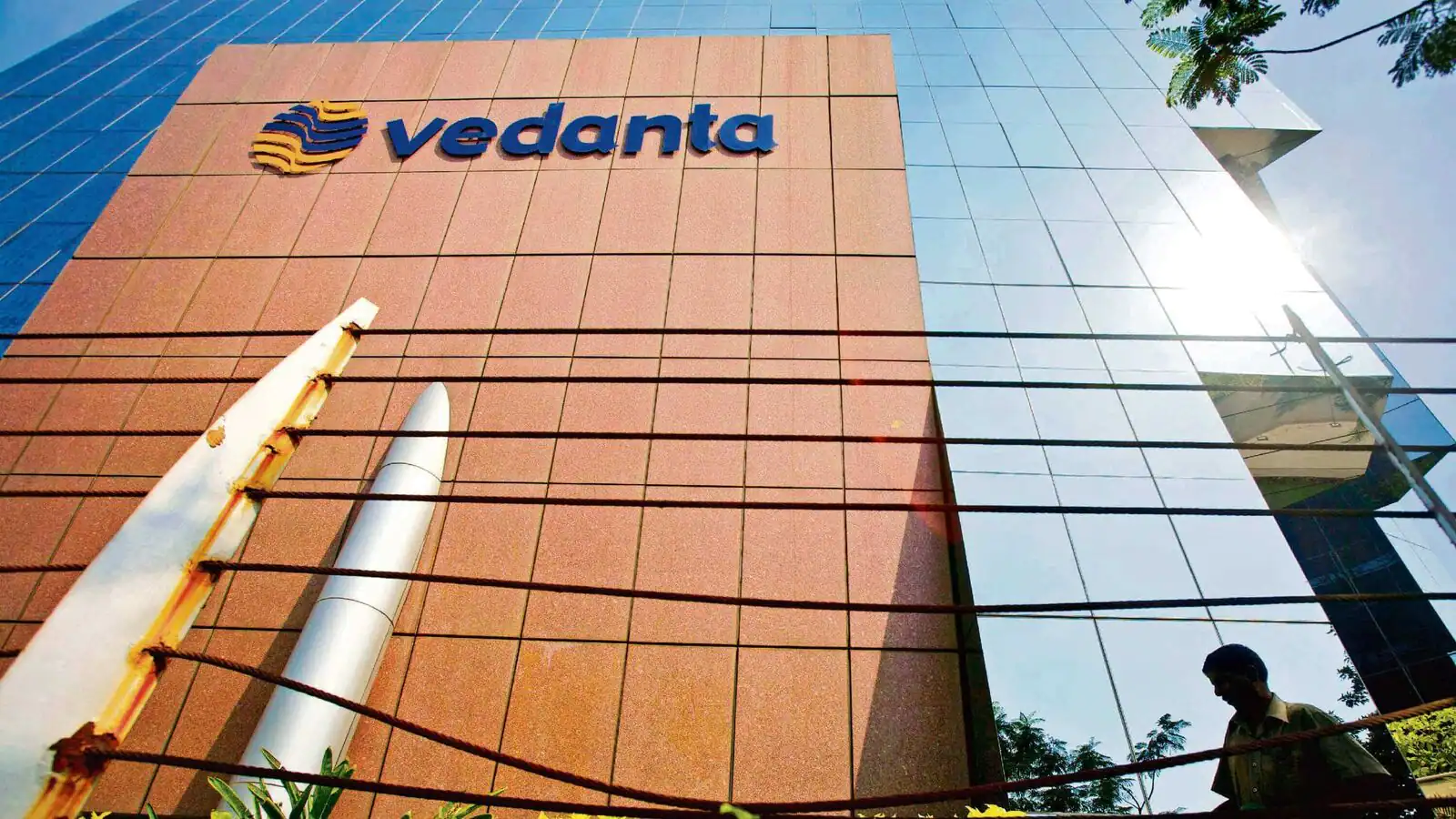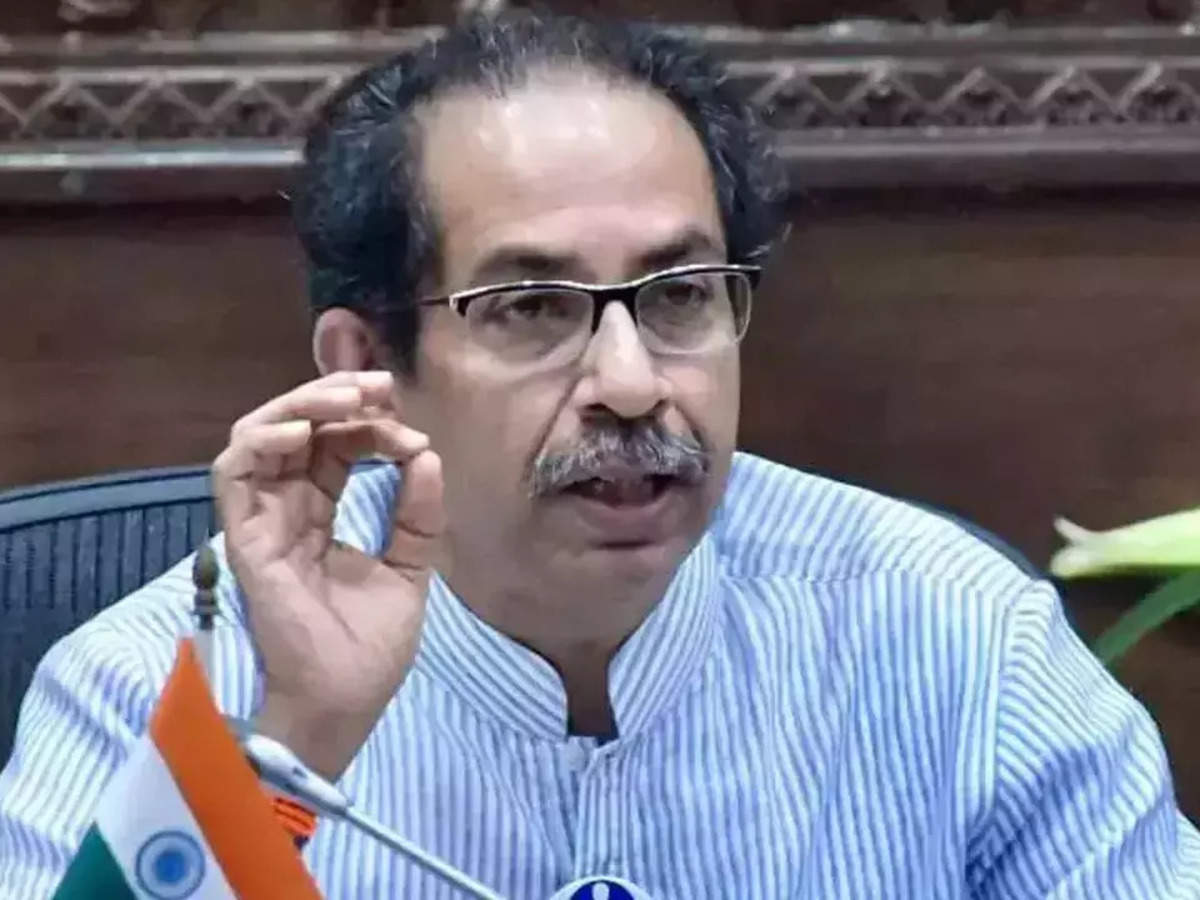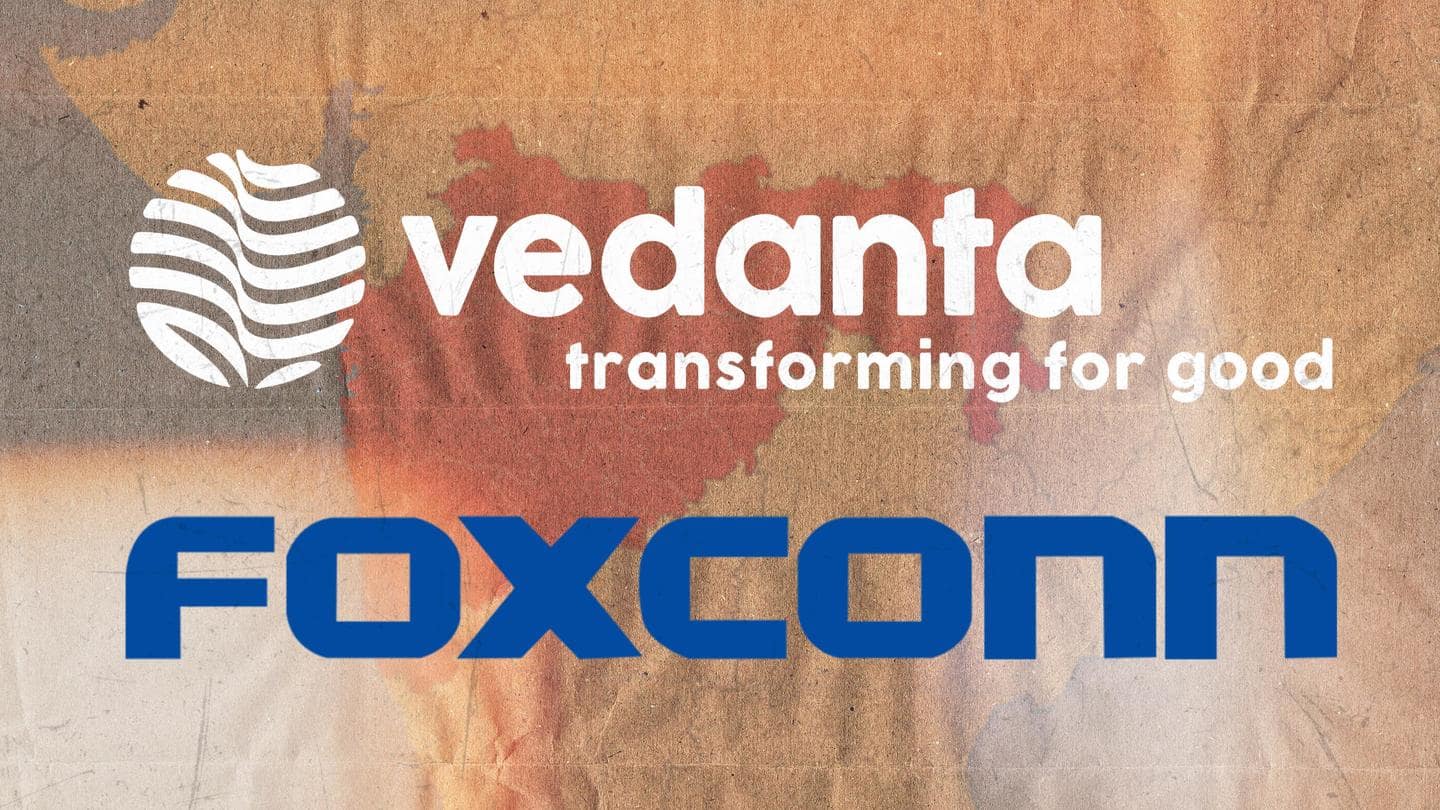Consolation prize after the unsuccessful Vedanta-Foxconn deal? Does Modi promise Maharashtra an even better project?

Consolation prize after the unsuccessful Vedanta-Foxconn deal? Does Modi promise Maharashtra an even better project?
As compensation for missing out on a $22 billion Vedanta-Foxconn semiconductor factory, Prime Minister Narendra Modi “promised” Maharashtra a “equally robust or even greater investment.”
According to State Industries Minister Uday Samant, who was speaking at a press conference at Mantralaya, the Maharashtra government’s seat in Mumbai, Modi made the commitment to Chief Minister Eknath Shinde over the phone on Tuesday.
The CM and PM recently had a phone conversation about this. Samant claims that the Prime Minister also said that this circumstance might have developed because the industrialist did not get the expected response in the months prior. The prime minister keeps his promises.

Samant went on to say that the Maharashtra incentive package for the Vedanta-Foxconn project, valued at Rs 38,831 crore and approved by the Shinde-led administration in July, was “better” to those offered by other states. The offer comprised a Rs 1 per unit energy pricing discount as well as a capital subsidy of up to 30% for the development of the plant in Talegaon Industrial Area.
Samant fights that the state administration would watch into why the big Indian mining multinational Vedanta-Foxconn Group and the Taiwanese manufacturing behemoth Foxconn is carrying on with choosing Gujrat. Vedanta-Foxconn and the Gujarat government signed a Memorandum of Understanding (MoU) on Tuesday for a 1.5 lakh crore joint venture to build a semiconductor manufacturing and display production factory.
The Maharashtra government saw the agreement as a failure after seven years of lobbying for the Hon Hai Precision Industry Co. Ltd. plant, better known as Foxconn.
After the MoU was signed, the Maha Vikas Aghadi (MVA) alliance of the Shiv Sena, the Nationalist Congress Party (NCP), and the Congress, as well as the Sena section led by Eknath Shinde, began blaming each other.
“MVA was unable to deliver the cargo.”
Shiv Sena legislator Aaditya Thackeray chastised the Shinde administration for letting the multi-crore investment slide through its fingers, claiming that the previous MVA administration had completed 95% of the paperwork, and so concluded the contract.
Samant, on the other hand, told the media that the Vedanta-Foxconn joint venture did not receive any formal incentives from the previous Uddhav Thackeray administration.
Vedanta-Foxconn wrote to the Center and the state of Maharashtra on January 5, 2022, stating that they wanted to establish this venture and were considering four states, including Maharashtra. They also inquired about the package you were supposed to deliver. CM Shinde, who took office on June 30, was chastised by Samant.

“In these six months, there were just negotiations [between government officials and Vedanta-Foxconn], both inside and outside the country,” Samant stated.
“However,” he continued of the MVA coalition, “these guys were functioning with the notion that this company would not come to Maharashtra.”
Samant claims that Devendra Fadnavis, the deputy chief minister, met with Anil Agarwal, the chairman of Vedanta Resources, to reiterate Maharashtra’s commitment to the project and that after Shinde was elected chief minister, he urged employees of the industries department to offer the best compensation package.
Fadnavis remarked, “If you want that, you haven’t provided us with an incentive package, and you haven’t finalized an agreement.” Samant claims that nothing more than talks have occurred.
Following this meeting, the state government formed a high-powered committee, which officially approved a package worth Rs 38,831 crore for Vedanta-Foxconn on July 15, including concessions on land, electricity, water, and other resources.
The industries department had just written to them eight days prior about moving the project forward in Maharashtra, and they had written to express interest, according to Samant.
To begin, what exactly is the Vedanta-Foxconn collaboration?
A political firestorm erupted in Maharashtra on Tuesday after a joint venture of Indian mining conglomerate Vedanta and Taiwanese manufacturing giant Foxconn signed a Memorandum of Understanding (MoU) with the Gujarat government to locate its new semiconductor plant there.
When the companies’ senior officials met with Chief Minister Eknath Shinde and Deputy Chief Minister Devendra Fadnavis in July 2022, their discussions with the Maharashtra government were ‘almost final.’ So much so that officials from the state’s Industries department stated that company executives had finalized over 1,000 acres of Talegaon Phase IV land.
![]()
Vedanta and Foxconn have formed a 60:40 joint venture to develop a manufacturing environment for integrated displays and semiconductors. Foxconn specializes in the assembly of electronic goods, including but not limited to mobile devices. The project’s purpose is to increase India’s footprint throughout the value chain, allowing it to become electronics-independent.
The joint venture and the Maharashtra government were in advanced negotiations to build the $22 billion (Rs 1.54 lakh crore) project in the state.
What would the project’s economic advantages have been for Maharashtra?
It is predicted that the project will increase the state’s GDP by around Rs 26,200 crore in SGST, create 80,000 to 100,000 direct and indirect job opportunities, generate $21 billion in direct investment, and generate $5-8 billion in additional investment. The development of 70,000 to 100,000 direct and indirect jobs would have benefited more than 150 enterprises across the value chain.
What did the corporation have to offer the Maharashtra government?
The Maharashtra government’s principal incentive was a capital subsidy of up to 30% for the establishment of the plant in the Talegaon industrial region. According to records obtained by The Indian Express from the industries department, the state government promised a “highly lucrative incentive package” in accordance with the state’s policy on the development, maintenance, and production of electronic equipment.

The incentive package included financing for Vedanta’s establishment of a 750 MW captive solar power producing unit, as well as a Rs 1 per unit power tariff subsidy. The Maharashtra government canceled stamp duty and electricity charges in addition to land, water, and power subsidies. In addition, the company received job-creation incentives.
What other states were in the running for the project, and was Maharashtra aware of Gujarat’s choice of location?
Among the states competing for the project were Gujarat, Karnataka, Telangana, and Tamil Nadu. The Maharashtra Industries Department compared the Talegaon and Dholera sites in Maharashtra and Gujarat. Gujarat, according to the departmental evaluation, has a relatively limited availability of skilled workers. There are currently no local vendors or customers for the supply chain. “The state’s environment for electrical manufacturing is abhorrent.” The Gujarati location was mentioned.
It went on to say that the land parcel at the Dholera site is non-contiguous, arid, and swampy, necessitating substantial infrastructure and civil works.
Talegaon Phase IV is envisioned as a 10,000-acre electronics city, with the Talegaon land block being contiguous.
The statement also refers to Talegaon’s close proximity to Pune and its simple access to urban amenities not present in Dholera. According to the department notice, two firm site visits were held at Talegaon Phase IV, along with “many rounds of extensive discussion and sharing important documentation.”
Why did Maharashtra think it would win the project?
In the final week of July, the corporate group met with CM Shinde and his deputy Fadnavis. “Vedanta is in active discussions with the Maharashtra government about their proposed semiconductor and display fab production facilities,” claimed the Maharashtra Industrial Development Corporation in a news statement issued after the meeting. Due to its high concentration of trained workers, connectivity to the port, a fluid domestic supply chain, and well-established industrial infrastructure, Talegaon near Pune has emerged as a preferred contender for Vedanta and Foxconn’s $22 billion investment. This investment has the potential to generate over 200,000 direct and indirect job opportunities.

According to the note, Vedanta and Foxconn met with state officials several times, and Vedanta also paid a site visit to Talegaon in Pune and determined that it was the best location for their needs.
According to Shinde, it was a win-win situation because Maharashtra has the necessary skilled workforce as well as the necessary industrial and logistical facilities for a project of this magnitude. A land transfer proposal was to be discussed during the state cabinet meeting.
So, why did the company opt for Gujarat rather than Maharashtra?
According to authorities in the Maharashtra Industries Department, the culprit may be Gujarat’s more lucrative land ownership incentives.
The state administration, according to the Maharashtra opposition, abandoned Gujarat-born Prime Minister Narendra Modi soon before the state Assembly elections.
The ruling party has chastised the previous Maha Vikas Aghadi (MVA) administration for not providing greater incentives to the industry than Gujarat. According to Prime Minister Modi’s tweet, “This MoU is a significant step boosting India’s semi-conductor industry aspirations.” The $1.54 trillion investment will have a significant impact on the economy and job creation. This will benefit our SMEs while also creating a massive ecosystem for related sectors.




